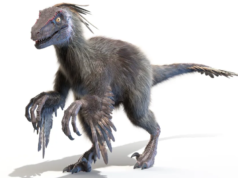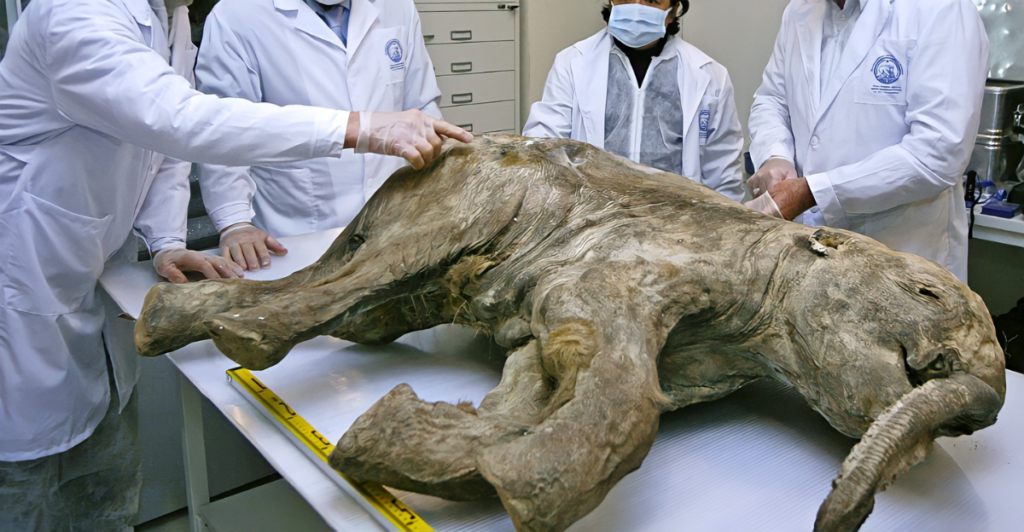
De-extinction—the use of cutting-edge biotechnology to bring back extinct species—has gone from the realm of science fiction to a $100 million-a-year scientific frontier. Proponents hope to restore vanished ecosystems and reverse human-caused extinctions, but opponents warn that it may be a costly distraction from essential conservation strategies.
Moreover, behind this techno-utopia is an inextricable economic dilemma: is this mission to bring back extinct species a visionary investment or a gargantuan misuse of worldwide resources? From biotech venture capital to public conservation funding, the economics of bringing back extinct species is obscure, contentious, and surprisingly political.
In this article, we explore the economic, ethical, and pragmatic costs of de-extinction by looking at the factors that could make or break the argument for its economic viability.
The Billion-Dollar Science Behind De-Extinction

Reviving extinct creatures is no longer a Jurassic Park-inspired fantasy—it’s real science spurred by expensive technology. Synthetic biology, gene editing (e.g., CRISPR), and surrogate breeding are at the heart of these efforts. For example, Colossal Biosciences raised $15 million to try recreating the wooly mammoth, aiming to produce a mammoth/elephant hybrid by 2027.
This is just the tip of the iceberg. Long-term habitat establishment, herd upkeep, and ecological reestablishment can cost billions. De-extinction cannot be supported by lump-sum investments; it requires ongoing funding, just as with any living creature in nature.
Further, the technology itself—DNA sequencing, embryo implantation, genome construction—is state-of-the-art and cost-intensive, making starting costs astronomical and highly unpredictable.
Conservation’s Zero-Sum Game
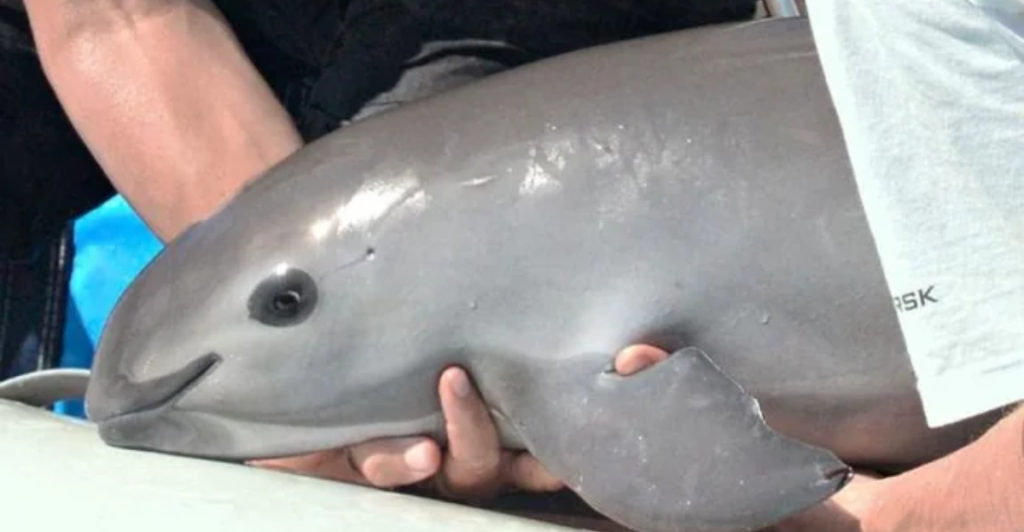
In 2017, Ronald Sandler, a professor of philosophy and Director of the Ethics Institute at Northeastern University in Massachusetts, published a study in the journal Nature Ecology & Evolution warning that de-extinction could redirect conservation funding away from critically endangered species, such as the vaquita, which has fewer than ten members left but still has a fighting chance.
Australia’s failed attempt to clone the thylacine in the 1980s drained $40 million from koala conservation efforts, highlighting that funds might be better spent saving species before they are lost instead of trying to bring back species we have already lost.
Many ecologists believe that de-extinction is a financially draining diversion, a PR stunt rather than a concrete solution. However, supporters argue that gene-editing technologies developed for de-extinction have saved living organisms, such as the black-footed ferret, through frozen DNA. This raises the critical question: is de-extinction a symbiotic conservation method or scientific colonialism based on novelty rather than survival?
CRISPR’s Hidden Payoffs

Furthermore, de-extinction science has provoked unexpected technological advances. CRISPR-Cas9 gene editing, initially attempted on woolly mammoth DNA, now promises to cure diseases such as sickle cell anemia.
Synthetic biology companies like Ginkgo Bioworks harness de-extinction technologies to develop climate-resilient crops and green biofuels. Harvard geneticist George Church suggests that CRISPR’s payoffs could generate roughly $300 billion a year by 2030.
Critics note, however, that biotech breakthroughs rarely benefit the general public, for example, mRNA vaccines remain largely unaffordable in developing countries. Thus, while de-extinction research fuels innovation, it also highlights existing gaps in who gets to benefit from advancing and cutting-edge science.
Ecological Function vs. Financial Function
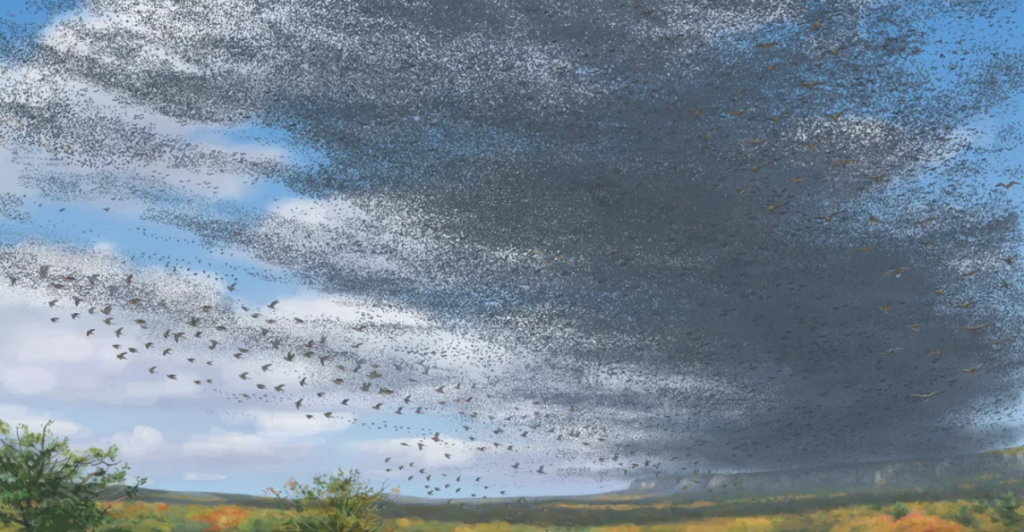
De-extinction raises another question: will the “resurrected” species continue to play their role in ecosystems that have changed since their extinction? And if not, is bringing them back worth the financial effort?
For example, mammoth resurrection would revive tundra grasslands and, in doing so, provide carbon storage—a possible climate fix with indirect economic value. Meanwhile, Passenger pigeons, once numbering in millions across North American skies, might bring about ecological devastation.
In another 2017 study published in the journal Nature, biologists warn that returning these species without fully understanding their original environment, which has now radically changed, could lead to further ecosystem disruption.
The Bio-Resurrection Business

Colossal Biosciences, the most high-profile player in the de-extinction game, had attracted over $225 million in venture capital by 2024. Backed by Peter Thiel and other tech moguls, the company tends to market de-extinction as a moonshot technology. Its business model marries conservation with potential future applications: carbon sequestration, ecological rebirth, and even synthetic meat.
Simultaneously, Siberia’s “Pleistocene Park,” a test site for resurrected species, struggles with a $1 million-a-year budget against Russia’s environmental deregulation. This combination of climate tech and biotech fascinates investors.
But here’s the catch—none of this is profitable yet. Thus far, there is no revenue from resurrected species, just speculation about their ecological value and media hype. If the financial reward is so uncertain, are we seeing scientific endeavors being driven more by FOMO than by good investments?
The Ethics of Genetic Patents
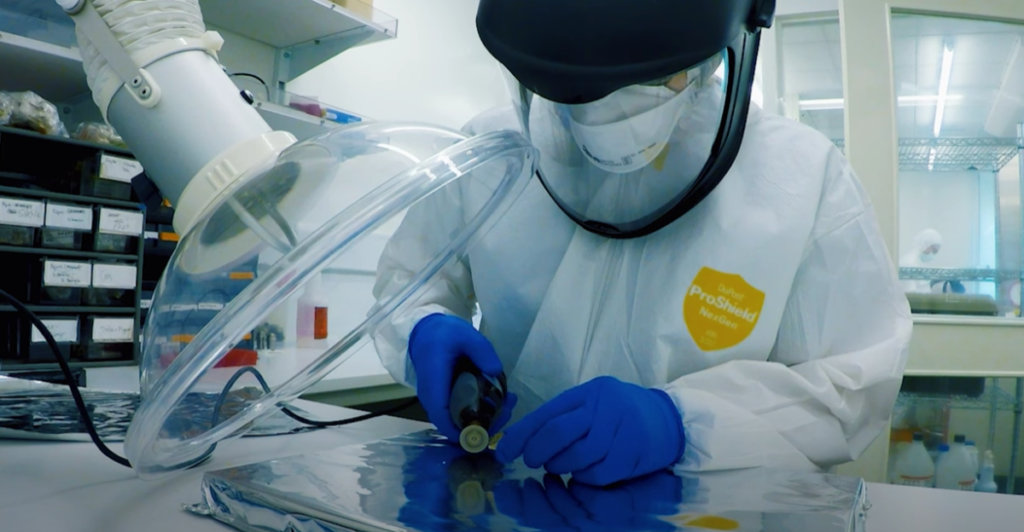
The ownership of resurrected species is disputed as an ethical and legal matter. Biotech corporations patent de-extinction methods and genetic material, yet international organizations, such as the United Nations, assert that species are the property of all humanity.
Landmark court precedents, such as Association for Molecular Pathology v. Myriad Genetics, Inc., have established that naturally occurring DNA sequences cannot be patented. Yet, synthetic DNA (cDNA) can because it does not exist in nature.
However, excessive patenting or expensive licensing could limit research and delay the deployment of such technologies to help restore ecosystems in developing countries. As CRISPR and synthetic biology advance, policymakers will regulate monopolies, promote open science, and ensure that genetic innovations are shared fairly, protecting both biodiversity and public interest.
Lessons from the Great Auk
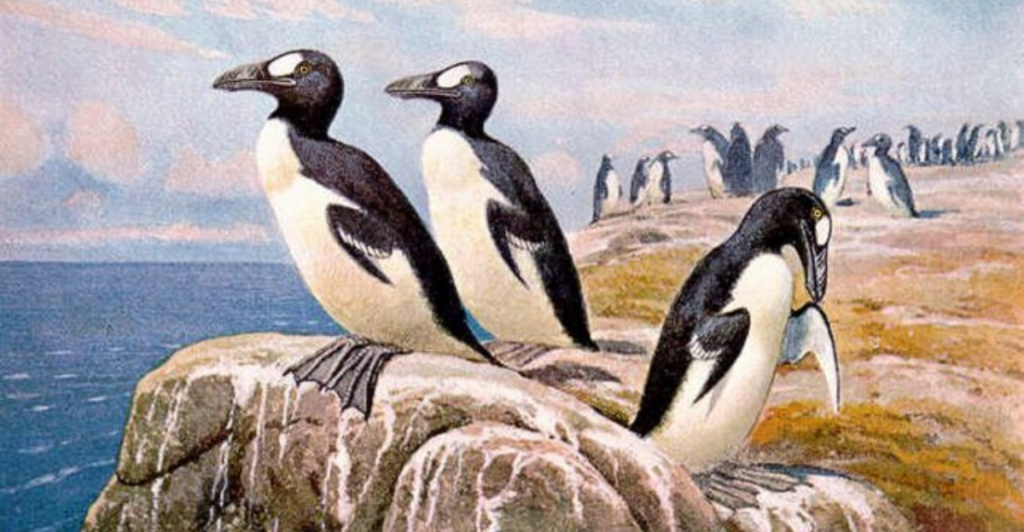
The great auk, driven to extinction in 1852, is a prime candidate for restoration, but bringing it back has social and ecological challenges. Iceland’s 2023 bid to reintroduce the species was thwarted after fishermen complained, afraid that the species would increase competition for fish stocks.
The auk’s extinction gave rise to some of the world’s first conservation legislation symbolizing humanity’s capacity to learn from environmental mistakes. Resurrecting the great auk risks eroding this legacy by reopening historical wounds and provoking new conflicts.
This case highlights how de-extinction efforts must navigate complex socio-economic environments, balancing ecological restoration with community interests and history.
The Value of De-Extinction vs What We Could Be Funding Instead
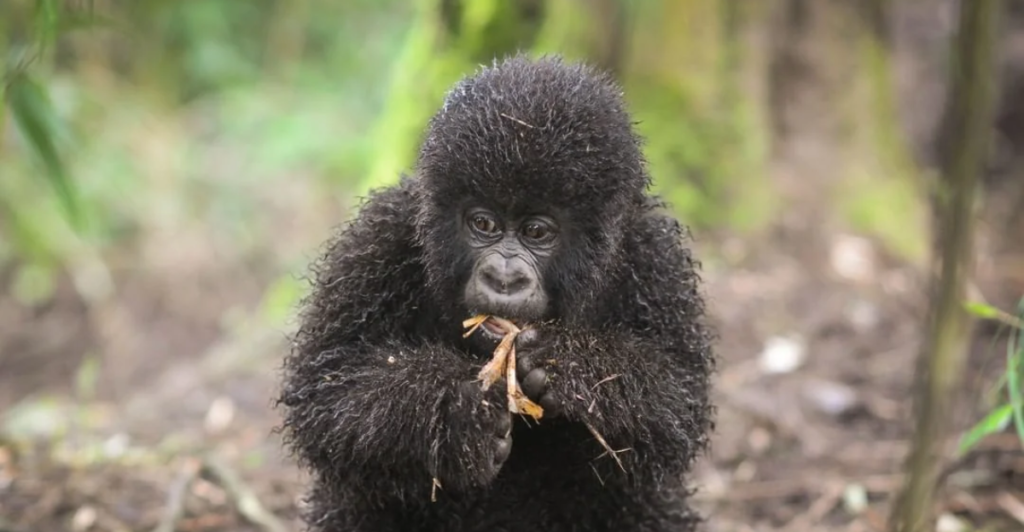
A recurring argument in favor of de-extinction is tourism revenue. However, economic projections for de-extinction-based tourism are hazy at best. Infrastructure costs, such as species management, biosecurity, and veterinary care, would likely overwhelm revenues. Using these species as biological curiosities instead of functional members of an ecosystem could result in further exploitation.
Each dollar invested in de-extinction is a dollar that isn’t invested in fighting climate change, forest destruction, or preserving habitats. For example, it costs roughly $100 million to attempt de-extinction. That same amount could help preserve 100,000 acres of rainforest and save thousands of species.
If biodiversity is the goal, the species that currently exist have a larger “return on investment” in terms of ecosystem services. Therefore, de-extinction may be investing in nostalgia—extremely emotional but economically absurd.
Evolutionary Innovation or Extinction-Level Waste?

De-extinction requires an ambitious fusion of risky science and financial gambling. While spinoff technologies hold the prospect of real advances in medicine and agriculture, direct species resurrection remains a risky wager.
With uncertain ecological and economic returns, it poses a stark choice to the public, investors, and scientists alike: invest billions resurrecting yesterday’s ghosts or redirect funds to save today’s threatened species and habitats.
As climate change worsens and biodiversity dwindles, the need for an answer becomes more urgent. One might conclude that the answer really lies in merging de-extinction technologies with traditional conservation so that innovation strengthens—and not weakens—efforts to sustain the living world.
Explore more of our trending stories and hit Follow to keep them coming to your feed!

Don’t miss out on more stories like this! Hit the Follow button at the top of this article to stay updated with the latest news. Share your thoughts in the comments—we’d love to hear from you!



